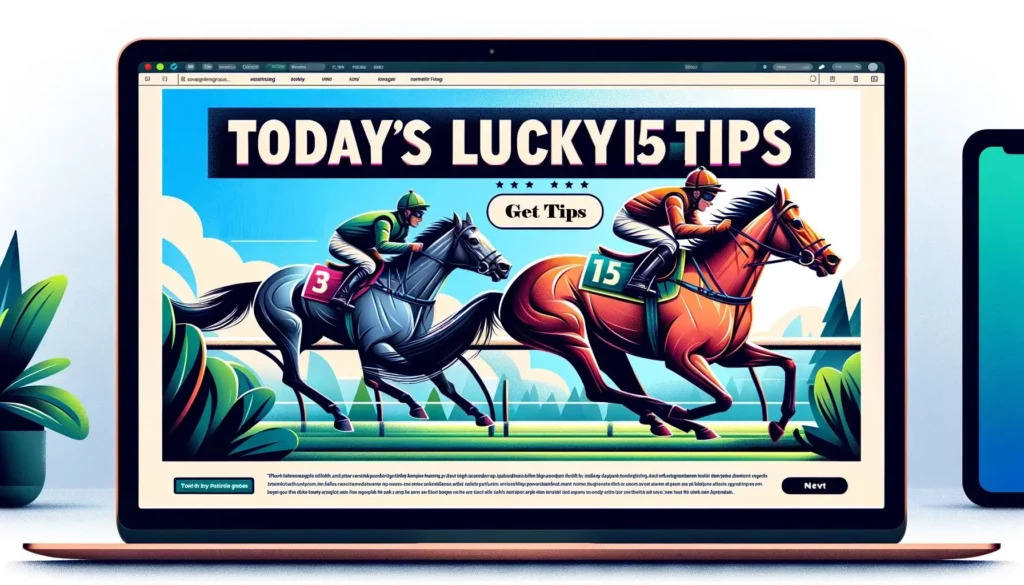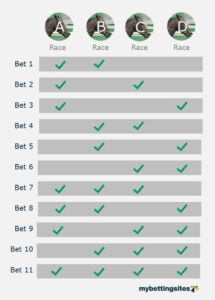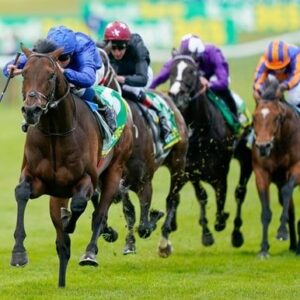History Of The Cheltenham Festival: The Journey from Humble Beginnings to a British Cultural Icon
The Cheltenham Festival is the spiritual home of jump racing. The Festival in mid-March is one of the most prestigious horse racing events in the world.
It’s also one of the UK’s biggest sporting events.
How Many People Go To The Cheltenham Festival?
Each year, around 250,000 racegoers flock to this small Gloucestershire town to watch a spectacular five-day event unfold.
But how did we get here? There’s a rich history behind this famous festival.
This article takes a brief look at the history of the Cheltenham Festival and its key moments that have led us to where we are today.
Cheltenham Festival History
How It All Began
The history of racing in Cheltenham began just after the turn of the 20th century.
National Hunt Racing was first held at Cheltenham Racecourse in 1902. Over the following decades the track established itself as the premier racecourse in the sport.
The Cheltenham Festival itself, however, didn’t come into being until 1935. This was when the National Hunt Committee decided to hold a new, three-day race meeting at the track.
The idea behind this was to combat the declining popularity of jump racing. The decision was taken to add two new races to the meeting, which would later become iconic: the Champion Hurdle and the Cheltenham Gold Cup.
These races have remained the most important races at the Cheltenham Festival ever since, and they have given us some of the most incredible moments in jump racing history.
Prestbury Park During WW2
A Brief Respite In Wartime
The history of the Cheltenham Festival took a short hiatus, along with many other things, during the Second World War.
The Festival was cancelled in 1939 due to the outbreak of the war. This was the first time it had been cancelled and it didn’t return until 1945.
The military used Prestbury Park for R and R during World War 2. It was here that General Patton famously injured both his legs after he fell from a horse.
Anticipation for the return of the Cheltenham Festival was rife however, and the meeting it bounced back after the war with gusto.
Post-War Cheltenham Festival
Rebuilding and Expansion After WW2
After the Second World War, the Cheltenham Festival needed work to rebuild.
The old stands were in need of refurbishment and the National Hunt Committee got to work.
After three years of hard work, they had built two new grandstands. These wre named The National Stand and The Open Stand.
These huge new stands were built in the “modernistic” style, and they still stand today.
This period (1953) also saw the appointment of a new Chairman for the National Hunt Committee for the first time.
The man chosen for the job was Sir John McEnery. He became the man at the helm of National Hunt racing for the next 25 years.
Cheltenham in the Fifties and Sixties
The Golden Era
The Golden Era of the Cheltenham Festival according to racing purists was the 1950s and 1960s.
Thankfully memories of war were now fading and a rejuvenated Cheltenham was waiting.
The scene was set for unprecedented surge in popularity for National Hunt Racing.
Predictably, The Cheltenham Festival thrived. The Festival attendance records were broken year after year.
Crowds grew from 74,000 in 1956 to a whopping 112,000 by 1963
Betting on horse racing in Britain was at an all time high. This led to bigger crowds every year.
Going to the races, surrounded by the rich, famous and a certain young Queen Elizabeth II, became the height of fashion.
This was an age of glamour and excitement on the racecourse with betting tips flying around and legendary gambles taking place.
With betting shops popping up on every street corner in towns across the country, horse racing was in rude health.
The Festival Today
The Festival: What It Looks Like Today

During the 90s and 00s the Cheltenham Festival and jumps racing in general suffered something of a slump.
However, significant investment in the racecourse has taken place in the last decade and the Cheltenham Festival today is booming.
Some owners and racehorse breeders in the National Hunt sphere are totally focused on trying to buy or breed a horse that will be an ideal prospect for a future date at Prestbury Park in mid-March.
The combination of improved facilities and rebranding to appeal to younger people, The Festival is enjoying a huge resurgence and popularity is climbing like it did in the Golden Era.
Sadly, some National Hunt purists are unhappy with the shift in focus to music and alcohol.
The party atmosphere can detract from the magnificent horse racing spectacle.
However, anyone who has visited Cheltenham in March in recent years, regardless of their personal tastes, cannot dispute the huge popularity the meeting currently enjoys.
The grandstands are modern and very comfortable and there’s even a beautiful park with plenty of walking space outside the track.
Thankfully, there’s little doubt this historic meeting is here to stay and will continue to thrive for many years to come.
For more of a focus on the greatest Cheltenham horses ever and not just the meeting and racecourse please click the link for an in-depth article covering horses from Golden Miller to Sea Pigeon and Kauto Star















